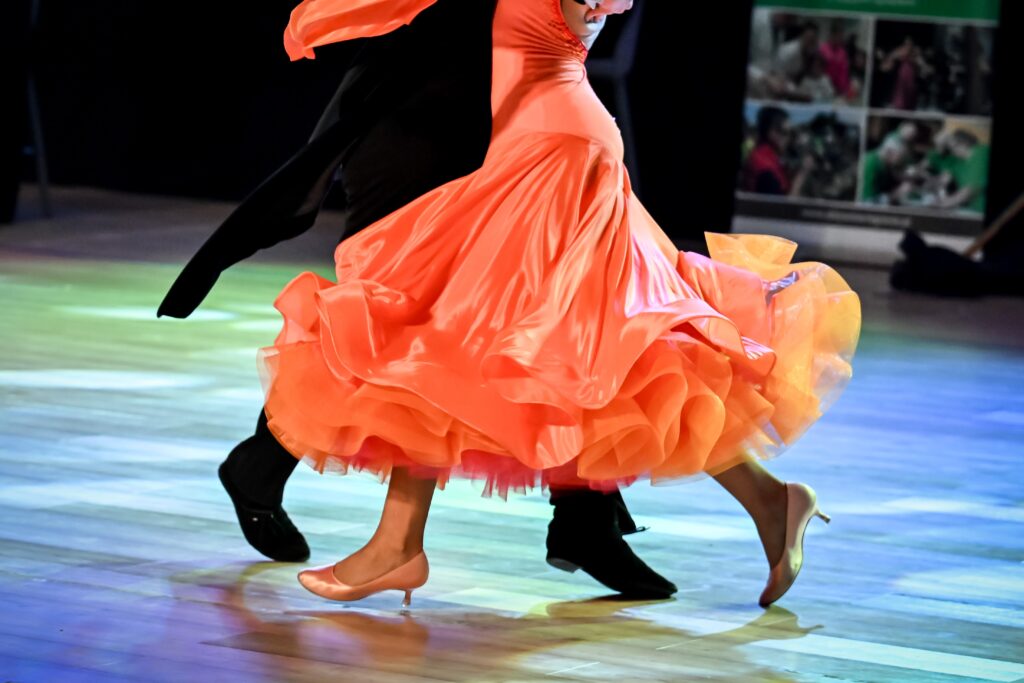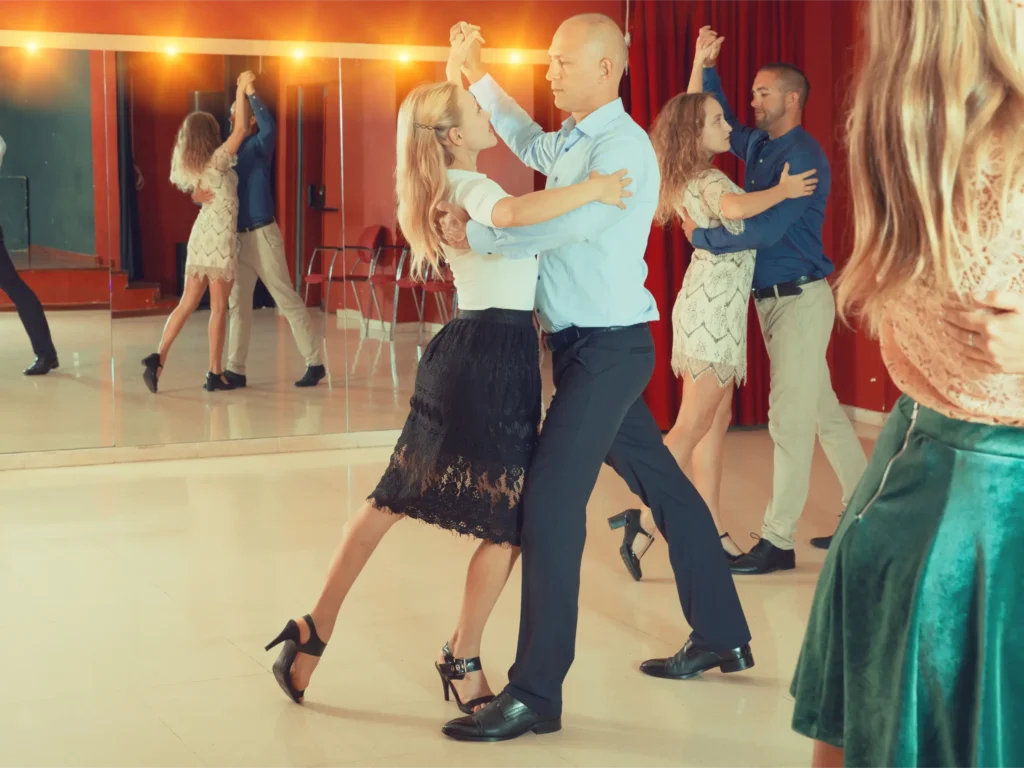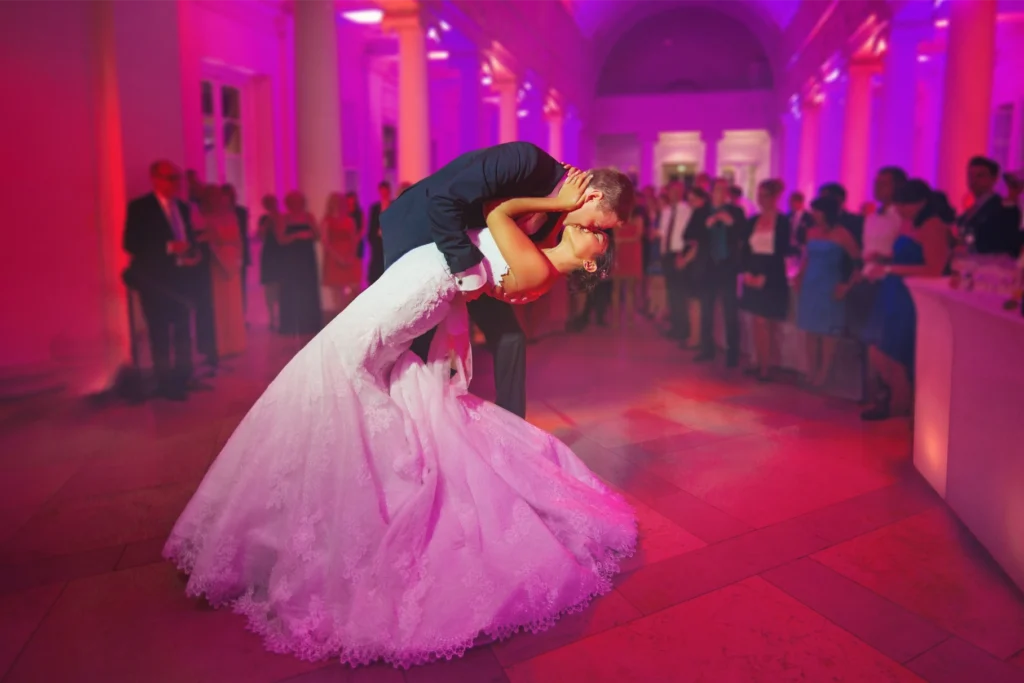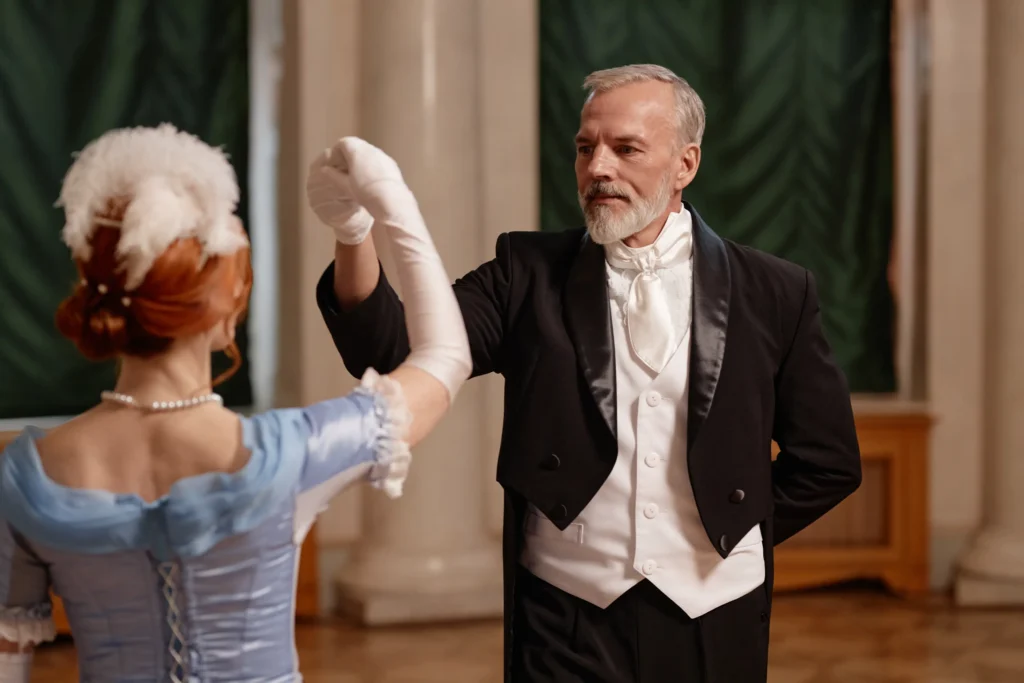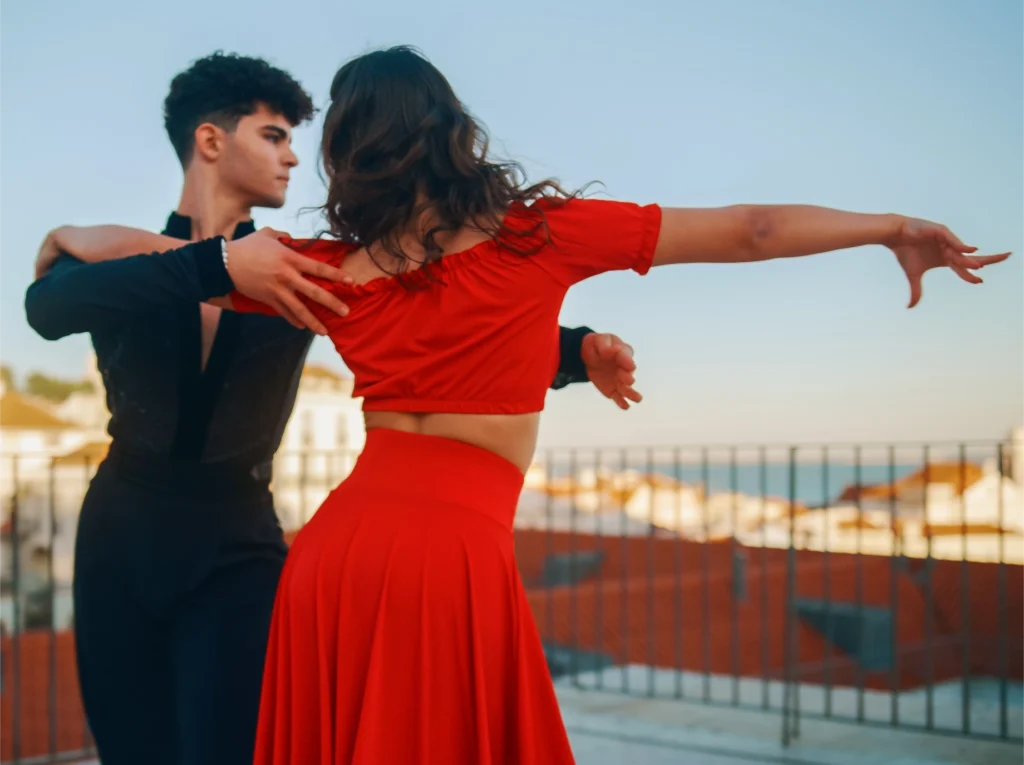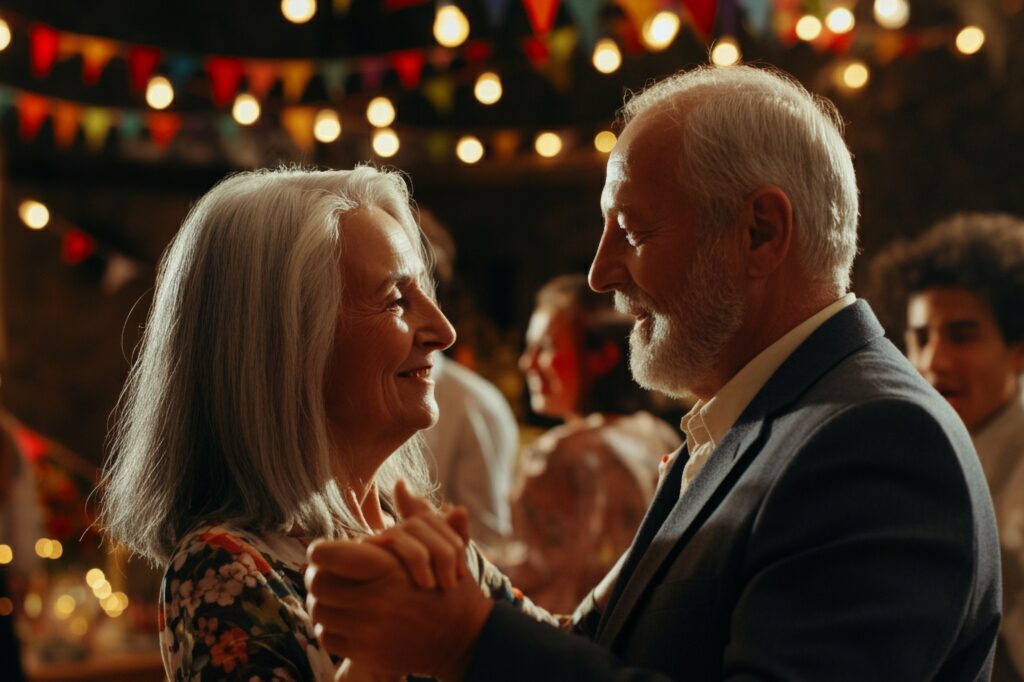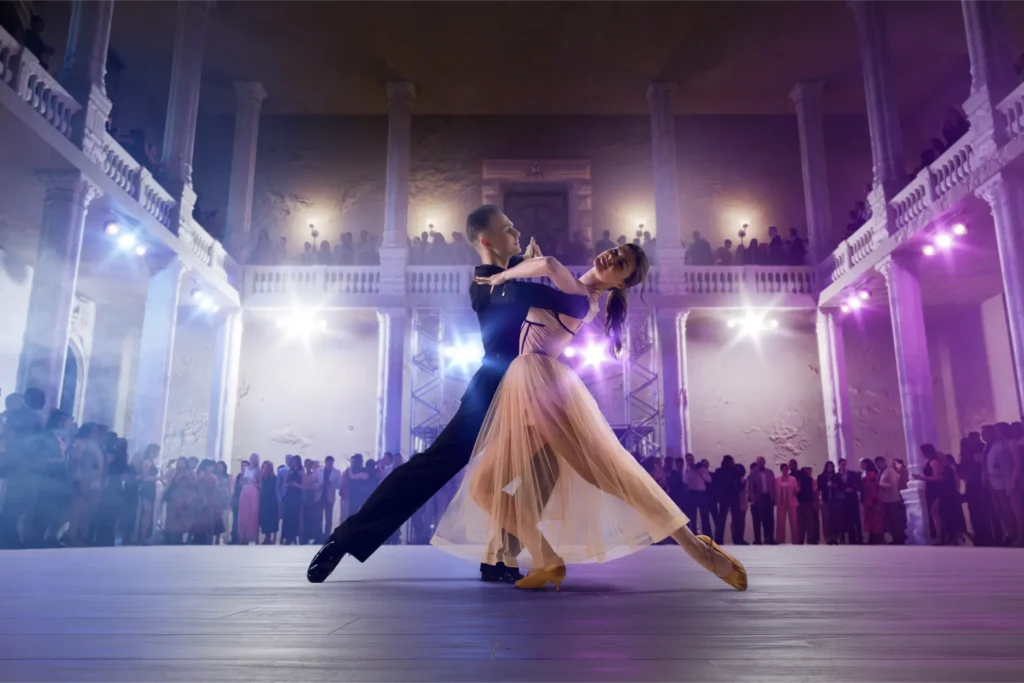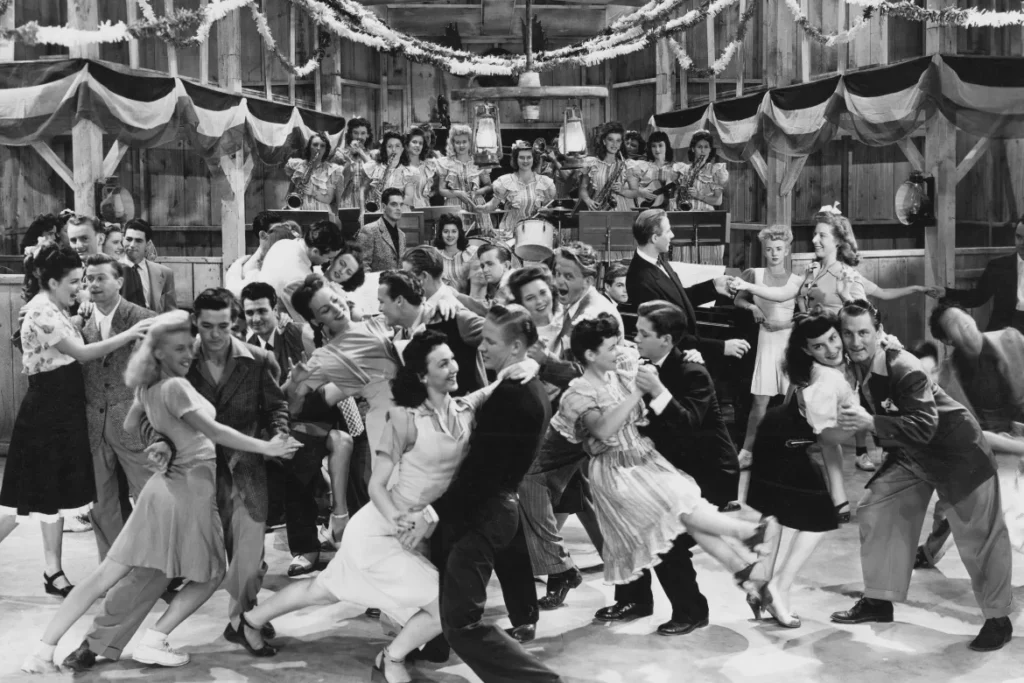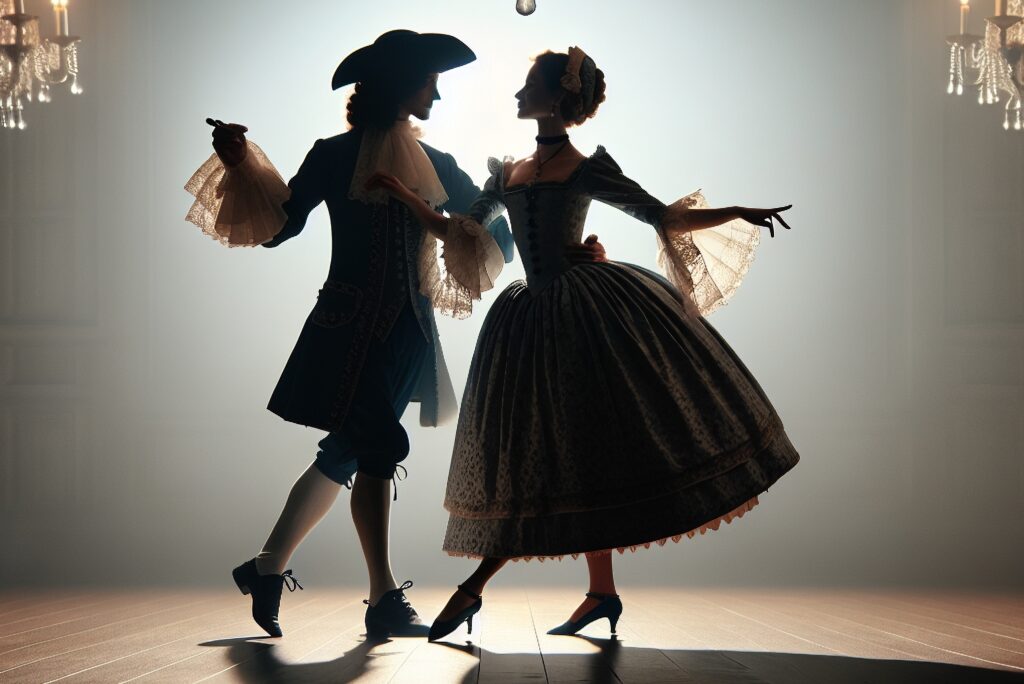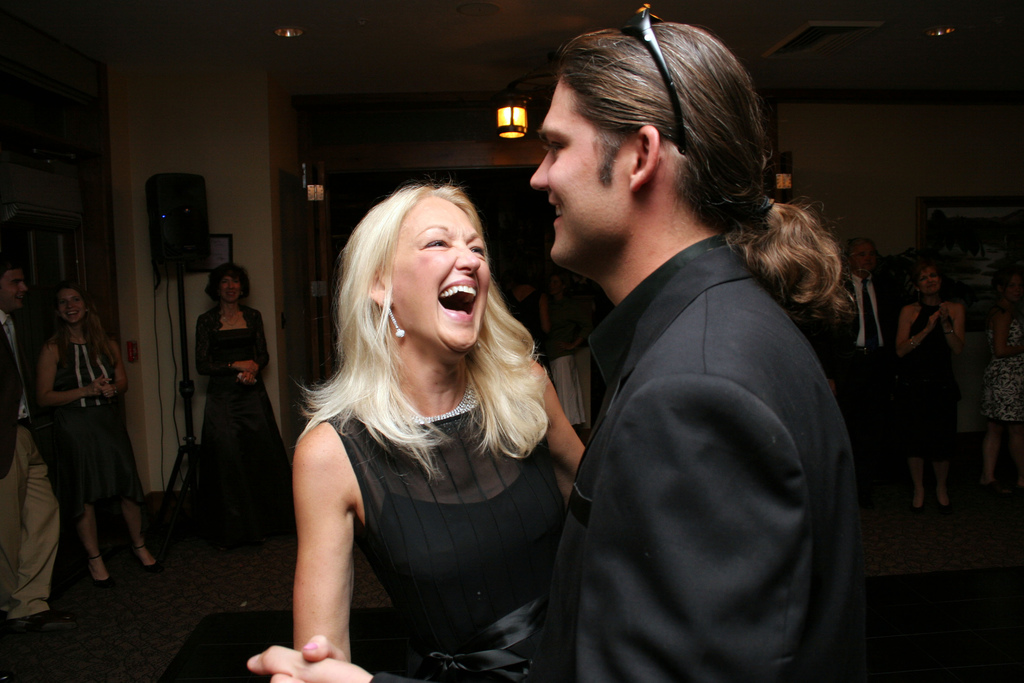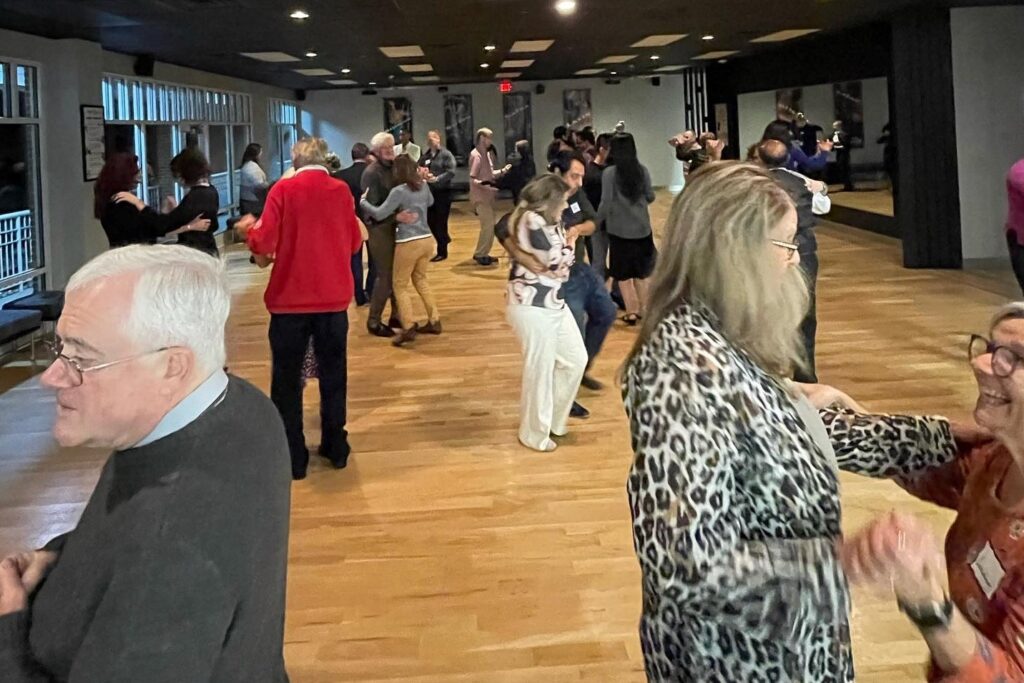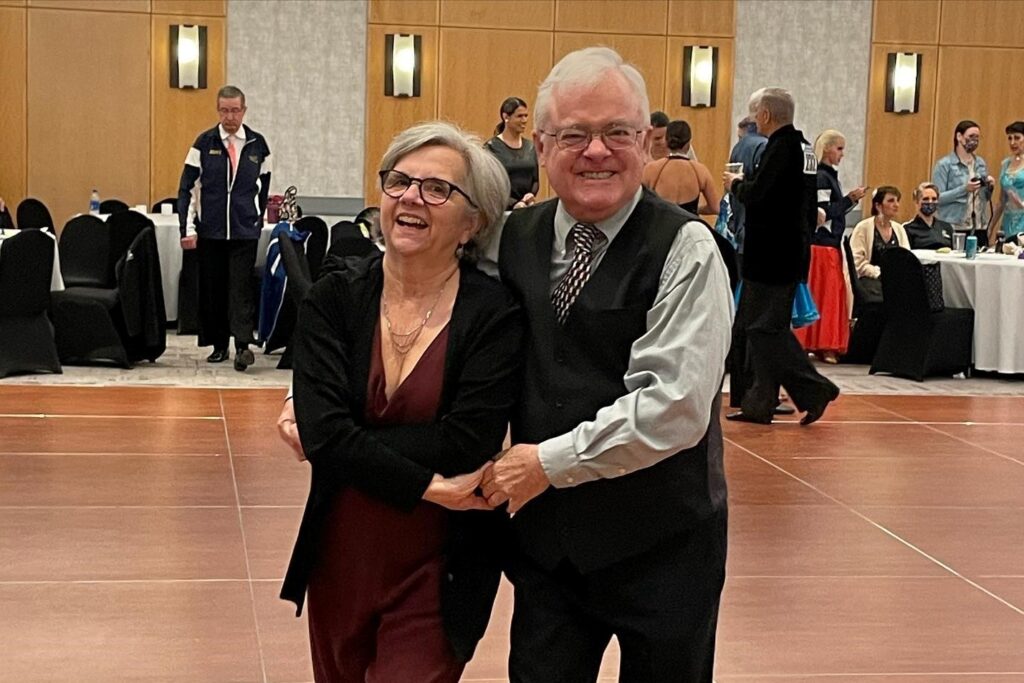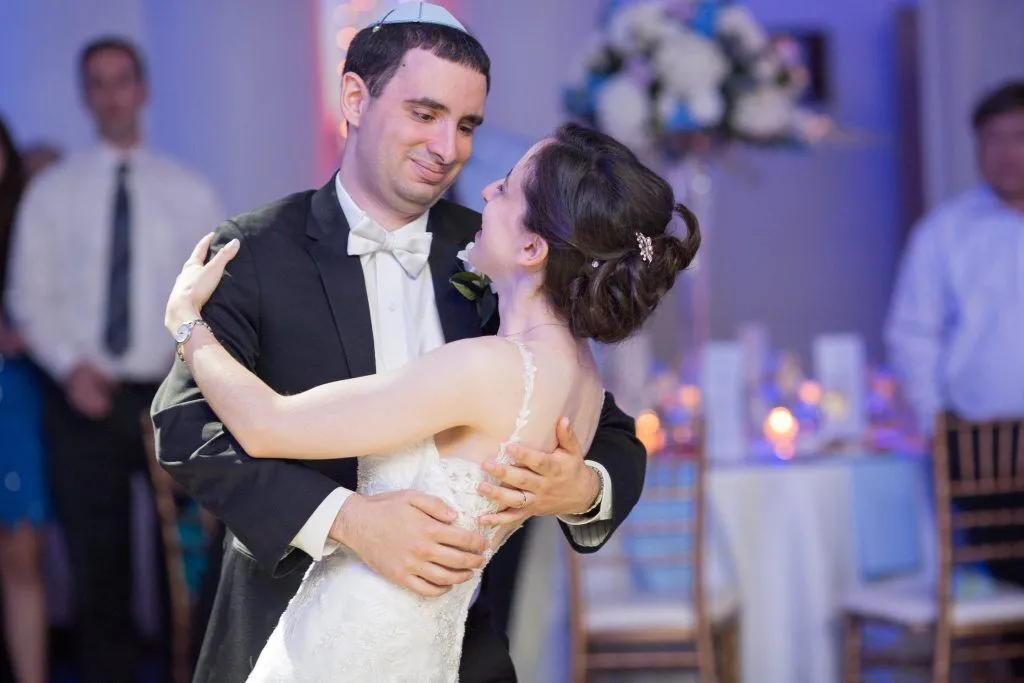Few ballroom dances embody sophistication and fluid movement as effortlessly as the foxtrot. Whether it’s on a grand competition stage or a cozy social dance floor, the foxtrot’s elegance and charm make it a timeless classic. But what is a foxtrot dance exactly? Is it just another partner dance, or is there more beneath its graceful veneer?
In this comprehensive guide, we’ll take you through the history, rhythm, technique, and appeal of the foxtrot. We’ll also teach you how to do foxtrot, including essential foxtrot steps and tips for practicing. Whether you’re a dance enthusiast, a complete beginner, or someone preparing for a special occasion, you’ll find everything you need to know right here.
The Origins and Evolution of the Foxtrot
To fully appreciate the art of the foxtrot, it’s essential to understand where it came from and how it developed over the decades.
A Dance Born from Jazz
The foxtrot was developed in the 1910s during the rise of ragtime and jazz music. As nightclubs flourished in the United States, couples sought a dance that allowed them to glide across the floor in a smooth, stylish way. Enter Harry Fox—a vaudeville actor and dancer—whose quick-paced trot caught on with the public. While there’s debate about whether he truly invented it, many credit him with popularizing the movement that led to the birth of the foxtrot.
From Dance Craze to Ballroom Staple
Early iterations of the foxtrot were fast and bouncy, but by the 1920s and 1930s, it had evolved into a smoother, more sophisticated dance. Influenced by dancers like Vernon and Irene Castle and later refined by the likes of Fred Astaire and Ginger Rogers, the foxtrot became a cornerstone of the ballroom dance world. Today, it remains one of the five standard ballroom dances in international competition.
Breaking Down the Basics: How to Do Foxtrot
Learning how to do foxtrot doesn’t have to be intimidating. With its basic rhythm and smooth flow, it’s one of the more accessible ballroom dances for beginners—yet still complex enough to keep advanced dancers engaged for years.
The Fundamental Rhythm
The most commonly used rhythm pattern in the foxtrot is “slow, slow, quick, quick.” This rhythm provides structure while allowing dancers to move fluidly and artistically. The “slow” steps take two beats, and the “quick” steps take one beat each, making it ideal for songs in 4/4 time.
Understanding Foxtrot Steps
The essential foxtrot steps form the foundation for more complex figures later on. For leaders, a basic sequence often starts with a forward step using the left foot (slow), a forward step with the right foot (slow), then a side step to the left (quick), followed by bringing the right foot next to the left (quick). Followers mirror this by starting with their right foot stepping backward.
Practicing these foxtrot steps with consistent rhythm helps build confidence and control. While the movements may seem simple, the true beauty of the foxtrot lies in how smoothly and gracefully you execute them.
The Artistry of the Foxtrot: Beyond the Basics
Once you’ve gotten the hang of the basic movements, it’s time to explore the artistry and subtle details that make the foxtrot more than just a series of steps.
Styling and Technique
Foxtrot dancers are often recognized by their upright posture, elongated strides, and smooth footwork. The dance emphasizes “body flight,” a technique that allows dancers to appear as if they are floating across the floor. Incorporating sway and gentle rise and fall motions adds sophistication and flair.
Hands should remain relaxed yet firm, and frame control is crucial. In closed hold, maintaining a consistent connection with your partner’s body through the torso and arms helps lead and follow transitions seamlessly.
Musicality and Interpretation
Dancing the foxtrot isn’t just about moving to a beat—it’s about interpreting the music. Whether you’re dancing to a classic Sinatra tune or a modern big band piece, good dancers use the music to inspire their timing, energy, and expression.
Each step becomes an extension of the melody, with the slow steps drawing out long, elegant lines, and the quick steps adding gentle acceleration and contrast.
Partnership and Communication
At the heart of the foxtrot is connection—both physical and non-verbal. Dancers communicate through pressure, momentum, and subtle movements. A strong yet gentle lead paired with responsive following creates a silent dialogue that allows for effortless coordination and trust on the dance floor.
Foxtrot in the Spotlight: Social and Competitive Dance
Now that you’ve understood the mechanics, rhythm, and style of the dance, you might be wondering where people actually dance the foxtrot today.
Social Dancing: The Foxtrot’s Enduring Popularity
In social settings, the foxtrot is beloved for its versatility. Its moderate pace makes it ideal for beginners, while experienced dancers can spice it up with creative variations. You’ll often see the foxtrot at weddings, ballrooms, formal dances, and even themed parties.
Because the foxtrot adapts well to a wide range of music—from traditional big band to modern lounge—the dance remains relevant across generations. Social dancers value it for both its charm and its approachable learning curve.
Competitive Foxtrot: Grace Under Pressure
In dance competitions, the foxtrot is judged on technical accuracy, musicality, and presentation. Competitors perform elaborate choreographies that include heel turns, feather steps, and continuous movement across the floor.
The international version of the slow foxtrot is especially demanding. It tests dancers’ stamina, posture, and ability to maintain poise under pressure. Mastering this style takes years of dedicated practice, but for many dancers, it’s the ultimate expression of ballroom artistry.
What’s a Foxtrot Without Passion and Precision?
You may still be wondering: what’s a foxtrot if not just a dance? In truth, the foxtrot is more than mere steps or movements—it’s an embodiment of elegance, a partner’s dialogue, and a musical interpretation. It invites dancers to not only perform but also to feel, connect, and express.
Learning the foxtrot gives you more than just a skill; it gives you a doorway into a global community of dancers who appreciate music, grace, and style.
Conclusion: The Timeless Beauty of the Foxtrot
From jazz-age nightclubs to today’s grand ballrooms, the foxtrot has glided its way through time with style and grace. For those curious about what foxtrot is, the answer lies not just in its steps but in its spirit. It’s a dance of elegance, connection, and timeless charm.
Whether you’re exploring it as a hobby, preparing for a big event, or diving into competitive ballroom, the foxtrot offers something meaningful to every dancer. With foundational foxtrot steps, understanding of musicality, and commitment to practice, anyone can embrace this beautiful dance.
If you’ve been searching for a dance that blends tradition with timeless beauty, look no further than the foxtrot. Let its elegant rhythm carry you across the floor—and into a world where every step is a statement.
So put on your dancing shoes, stand tall, and take that first slow step—into the rhythm, into the music, and into the world of the foxtrot.
FAQs
What is foxtrot and how is it different from other ballroom dances?
The foxtrot is a smooth, flowing ballroom dance danced in 4/4 time. Unlike Latin dances that emphasize hip action and sharp footwork, the foxtrot prioritizes long, graceful strides and elegant movements. It is often considered the most sophisticated of the standard ballroom dances.
What are the slow foxtrot basic steps for beginners?
The basic steps for leaders are: step forward with the left (slow), forward with the right (slow), side step left (quick), close right foot (quick). Followers mirror these steps by stepping back instead of forward. These basic moves form the foundation of the dance.
What’s a foxtrot and is it hard to learn?
A foxtrot is a progressive ballroom dance known for its flowing movements and classic style. It’s relatively easy to pick up due to its steady rhythm but offers enough depth and challenge to keep dancers engaged as they progress.
Do I need a partner to learn how to do foxtrot?
While it’s helpful to learn with a partner to practice leading and following, you can absolutely start learning solo. Many dance studios and online tutorials focus on individual footwork and technique.
Are there different styles of the foxtrot?
Yes, the two primary styles are the American Smooth Foxtrot and the International Standard (or Slow Foxtrot). The former allows for more open and creative movement, while the latter is more structured and used in competitions.
How long does it take to learn foxtrot steps?
With regular practice, most beginners can learn the basic foxtrot pattern in a few lessons. Developing the posture, style, and musicality to dance confidently can take a few months, depending on your commitment and experience level.

